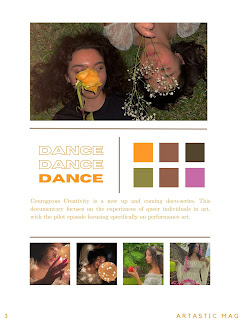I think that lighting is really important when working with cinema of any kind, especially documentaries. Documentaries are supposed to have a specific feel depending on the content that is being portrayed through the subject matter.
There are good practices and elements that contribute to reaching a specific atmosphere, such as:
The presence of hard vs. soft shadows
A high key-to-fill ratio, which creates contrast and drama
A low key-to-fill ratio, which is indicated for a more natural and relaxing lighting
The light direction and position—for instance, a character lit from the bottom may appear spooky and worrying, while light from the top gives an entirely different appearance.
A 1 point lighting setup is the simplest lighting scheme and only requires a Key Light—the main and most important light source—which is responsible for revealing one side of your character. Consequently, the opposite side is dark. This light is usually placed 45 degrees from the side of the camera and 45 degrees up from the subject. There is a lot you can do with a high-key lighting setup and its very common in the filmmaking world.
The surrounding area must be illuminated with useful lights since it is as vital to the main subject (like lamps and candles). To build intriguing environments, you may additionally enhance your lighting with extra off-screen light sources.
It is important to establish a setup with realistic lighting. Due to this, there aren't as many artificial lights present as, say, skylights and sunlight.
The composition's principal theme has to be well-developed. It follows that you are allowed to employ several rim lights—possibly two or three from various angles and with various intensities and colors.
You may desire more authority over the overall lighting. As a result, you may apply custom bounce lights in place of having the renderer determine all the indirect bounces. Although it may take a while, this method allows for creativity.
When working with realistic settings, these are helpful tools regarding lighting techniques.
A Directional Light represents the sun.
A Sky Light is good for filling the areas in shadow.
Very soft and Distant Low Fog, which is definitely the icing on the cake for big environments with visible elements on the horizon.
https://www.adorama.com/alc/basic-cinematography-lighting-techniques/




No comments:
Post a Comment